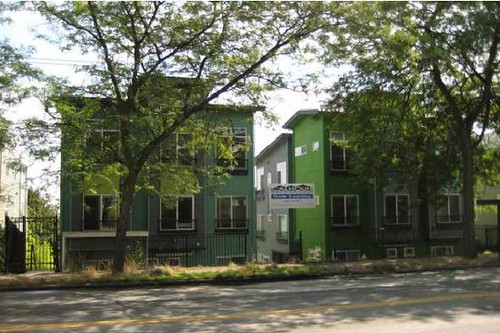Planning processes conducted by communities often have structural process gaps. I have been thinking about this more and more in terms of the following types of plans/elements of master plans:
- arts and culture plans: should include consideration of for-profit or non-government operations such as cinemas, theaters, concert halls, public halls available for rent (such as at churches), etc.;
- parks and recreation plans: should include consideration of park spaces not managed by the local government (such as state and federal installations), include an inventory of other open and recreational space (e.g., facilities at a local college), nonprofit organizations such as YWCA, YMCA, YHCA, as well as for profit businesses such as fitness centers, yoga studios, bowling alleys, etc.;
- I've suggested that communities develop accommodations plans in association with tourism and business planning--a complete accommodations plan would consider a wide variety of facilities ranging from campgrounds and hostels to bed and breakfasts, boutique inns, lower cost motels and high end hotels.
Similarly, Neal Peirce's latest column, "
Bring Back the Rooming House?," discusses the need to reconsider the rooming house as a housing type available in cities. The column discusses a piece in the current issue of
Planning Magazine by Mark Hinshaw and Brianna Holan on "new" housing types for new economic and demographic circumstances and David Smith's recent newsletter commentary on "
multi-household housing." David Smith is an affordable housing financier and founder of the
Affordable Housing Institute.

Like the other categories of planning mentioned above, housing planning at the local level typically has a similar gap in scope.
A housing element in a comprehensive plan for a center city ought to focus on ensuring that a variety of housing types exist, to meet the demand of various segments of the market. Instead, many potential segments of the housing market, based on demographics and the requisite cost considerations, are ignored.
Housing types such as "rooming houses" and SROs are usually ignored housing planning. Similarly, biases in favor of owned housing militate against the creation of accessory dwelling units.
Collectively, these gaps, and the overall failure to mix housing types within neighborhoods, such as to include detached and attached single family housing, flats, and apartments in buildings of various sizes, but instead to make neighborhoods mostly comprised of a single type of housing, makes residential neighborhoods less resilient in the face of demographic and other changes.

The Videré rooming houses, Seattle. Image: Ecco Design, architects of record.
Labels: commercial district revitalization planning, cultural planning, housing policy, land use planning, parks planning, urban design/placemaking, urban revitalization





0 Comments:
Post a Comment
<< Home